Limestone rotary dryers are the preferred choice for drying limestone. Drying is a crucial step in optimizing production lines and improving the quality of limestone for manufacturers.
Freshly mined limestone typically contains a high moisture content, ranging from 5% to 15% or even higher. The main advantage of a limestone drying machine is its ability to reduce the moisture content to between 0.5% and 5%, ensuring that the limestone is suitable for storage and processing in applications such as cement production, chemical industries, and construction materials.
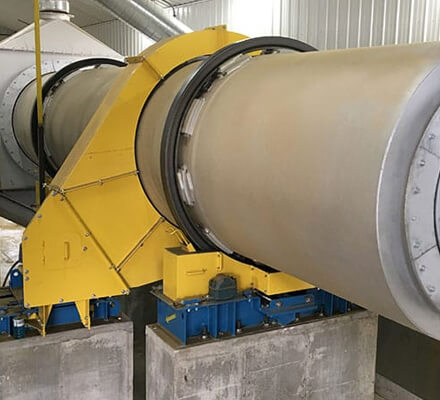
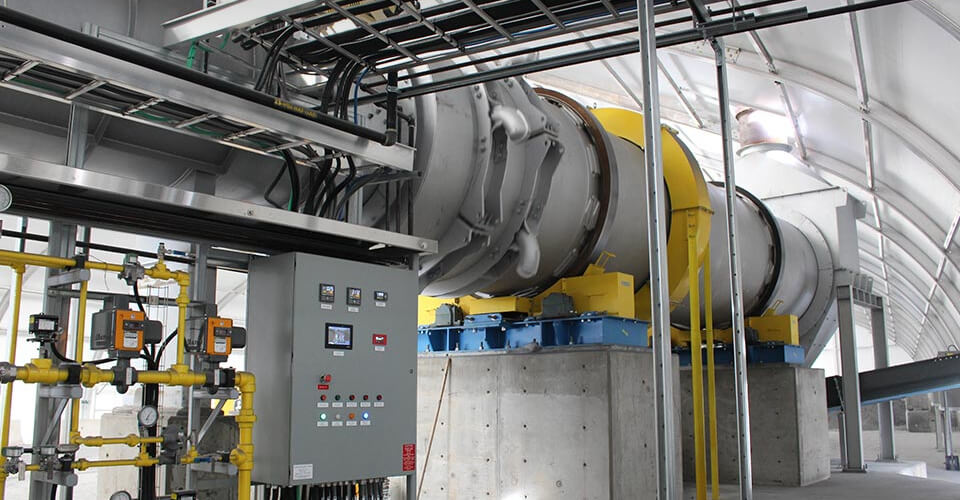
Equipped with an advanced heat recovery system, reducing energy consumption with thermal efficiency up to 80%–90%, 50% more energy-saving than traditional dryers.
The drying system can be customized with components like hoppers, feeders, heat sources, conveyors, and dust collection systems to meet specific customer needs.
Fully automated control ensures stable operation, continuous drying, and improved production efficiency.
Excellent sealing and pulse dust removal system prevent dust leakage and reduce emissions, meeting environmental standards.
The limestone dryer is suitable for various types of limestone and similar materials, including:
Natural Limestone: Raw limestone typically extracted from quarries.
Quicklime: Lime produced by calcining limestone.
Clay and Cement Raw Materials: Clay and other materials used in cement production.
Other Minerals: Such as gypsum, dolomite, and more.
This dryer is ideal for both granular and powdered limestone, meeting the drying needs of different industries.
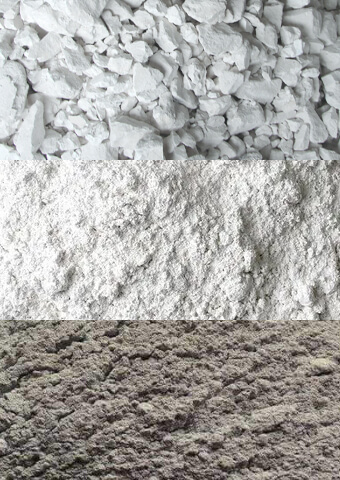
The complete limestone drying system consists of a rotary drum, induced draft equipment, lifting plates, self-cleaning system, transmission device, conveyor, hot air system, reducer, support system, sealing device, and dust collection system.
In operation, limestone is transported to the hopper via the conveyor and enters the inclined drum through a feeding pipe. The drum rotates slowly, tilted at an angle. Limestone enters from the higher end, moving under gravity toward the lower end, while hot air enters from the lower end and flows in the opposite direction, ensuring efficient drying through heat exchange.
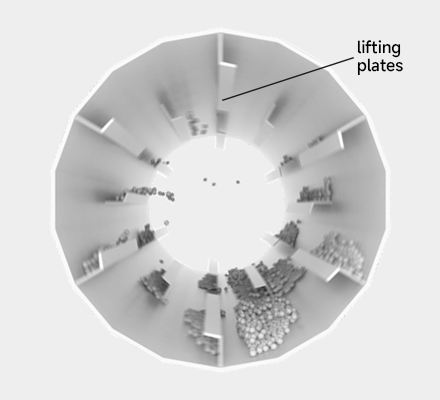
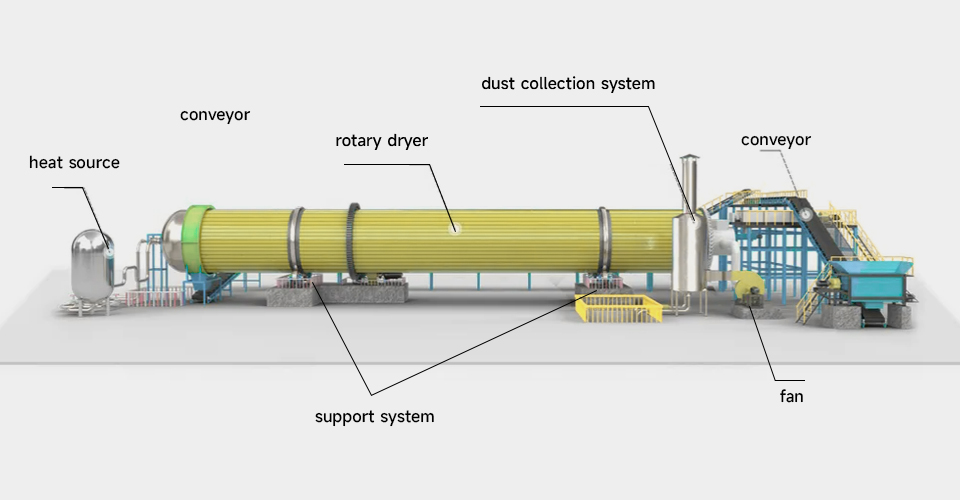
| Model 1 | Model 2 | Model 3 | Model 4 | |
|---|---|---|---|---|
| Spec./m (Dia.×Length) |
Φ1.5×12
|
Φ1.8×14
|
Φ2.2×16
|
Φ3.0×25
|
| Shell Cubage (m³) |
21.2
|
35.6
|
60.8
|
176.6
|
| Capacity (t/h) |
4.5–5.7
|
7.6–9.5
|
13.0–16.2
|
37.7–47.1
|
| Highest Inlet Air Temperature (℃) |
700–800
|
700–800
|
700–800
|
700–800
|
| Main Motor (kW) |
15
|
18.5
|
22
|
75
|
| Weight (t) |
18.5
|
23
|
38
|
95
|
Want to know more parameters? Ask our experts
Fill in some minor details & we will take it from there. We look forward to a lasting partnership.

Click here to start chatting!